Rediscovering the Best 80s Board Games
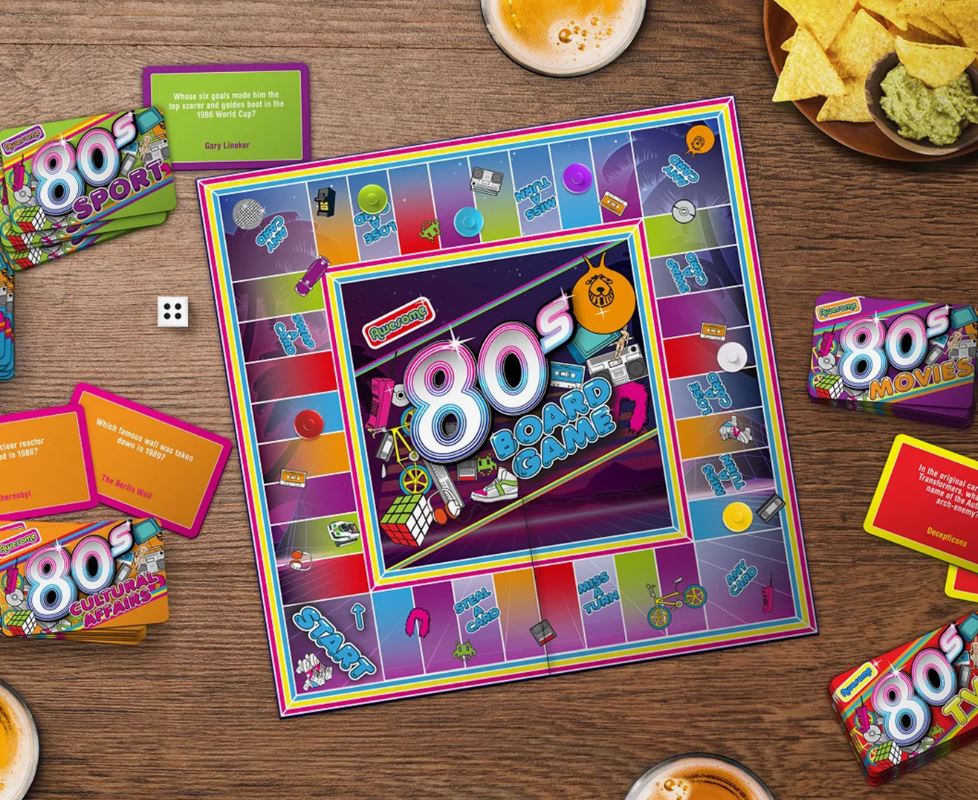

The 1980s were a golden era for board games, bringing families and friends together for hours of fun. From strategic war games to interactive mystery-solving adventures, the board games of this decade have left a lasting legacy.
Iconic Board Games of the 1980s
The 1980s was a golden era for board games, bringing creativity and innovation to family game nights and social gatherings. From trivia challenges to strategic warfare, these games offered a wide range of experiences, capturing the essence of the decade. Many of these games have stood the test of time, remaining beloved classics for both nostalgic fans and new generations of players. Below are some of the most iconic board games that shaped the gaming culture of the 80s.
Trivial Pursuit (1981)
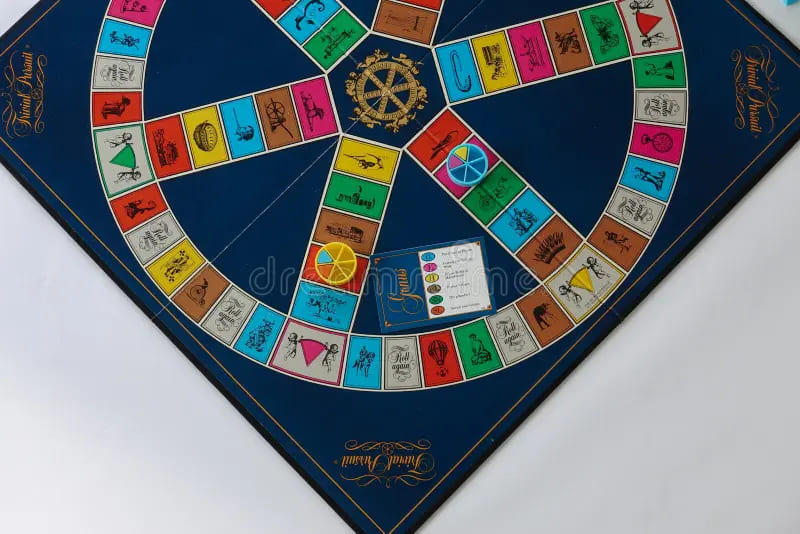
Trivial Pursuit, created by Canadian journalists Scott Abbott and Chris Haney, challenges players with a series of questions spanning six categories: geography, entertainment, history, arts and literature, science and nature, and sports and leisure. The game has sold over 100 million copies worldwide, giving rise to various editions and adaptations, including thematic versions inspired by popular culture and specific interests.
Dark Tower (1981)
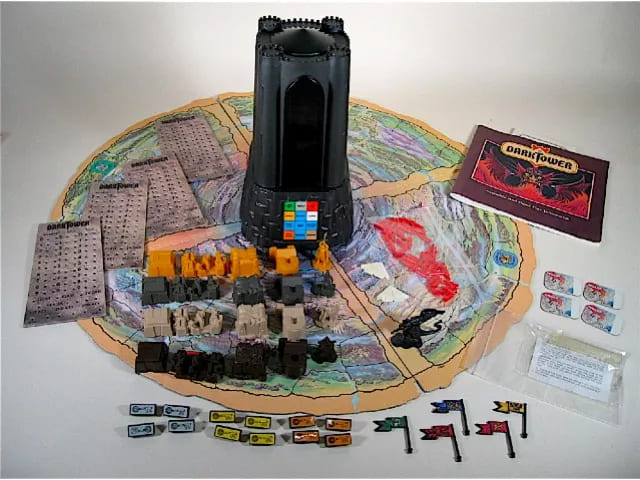
Dark Tower, designed by Vince Tsao, featured a unique electronic element in the form of a rotating dark tower that controlled game events and displayed results. Players embarked on journeys through four kingdoms, gathering warriors, gold, and keys in order to ultimately conquer the Dark Tower. The game, which was ahead of its time, blended traditional board game mechanics with electronic features.
Axis & Allies (1981)

Axis & Allies, designed by Larry Harris, Jr., allows players to control the major powers during World War II. The game requires strategic planning, resource management, and alliance formation. Its detailed mechanics and historical accuracy have made it a favorite among war game enthusiasts, with numerous expansions and updated editions released over the years.
Guess Who? (1982)

Guess Who?, designed by Ora and Theo Coster, is a two-player game where participants ask yes-or-no questions to identify the opponent’s chosen character from a roster of faces. Its simple yet engaging gameplay has made it a staple in family game collections and a popular educational tool for teaching deductive reasoning.
Pac-Man (1982)

The Pac-Man board game, created by Milton Bradley, captures the essence of the iconic arcade game. Players navigate a maze, collecting pellets and avoiding ghosts, much like the video game. This adaptation allowed fans to enjoy the thrill of Pac-Man in a tabletop format, contributing to the character’s enduring popularity.
Mall Madness (1988)
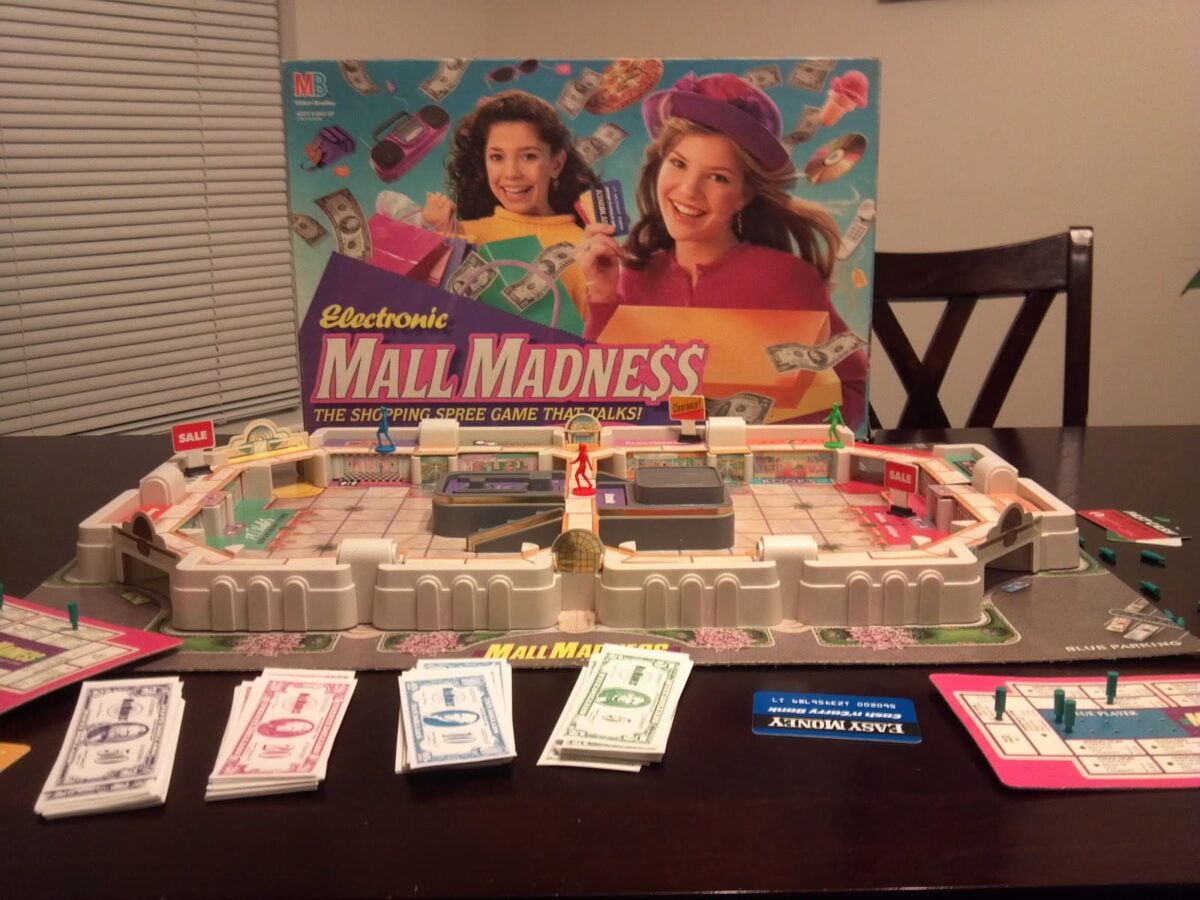
Mall Madness, produced by Milton Bradley, is a shopping-themed game where players race to purchase items from their shopping lists, using an electronic console to manage sales, clearances, and money. The game encapsulated the 1980s mall culture and consumerism, becoming a beloved favorite among teens and pre-teens.
Taboo (1989)
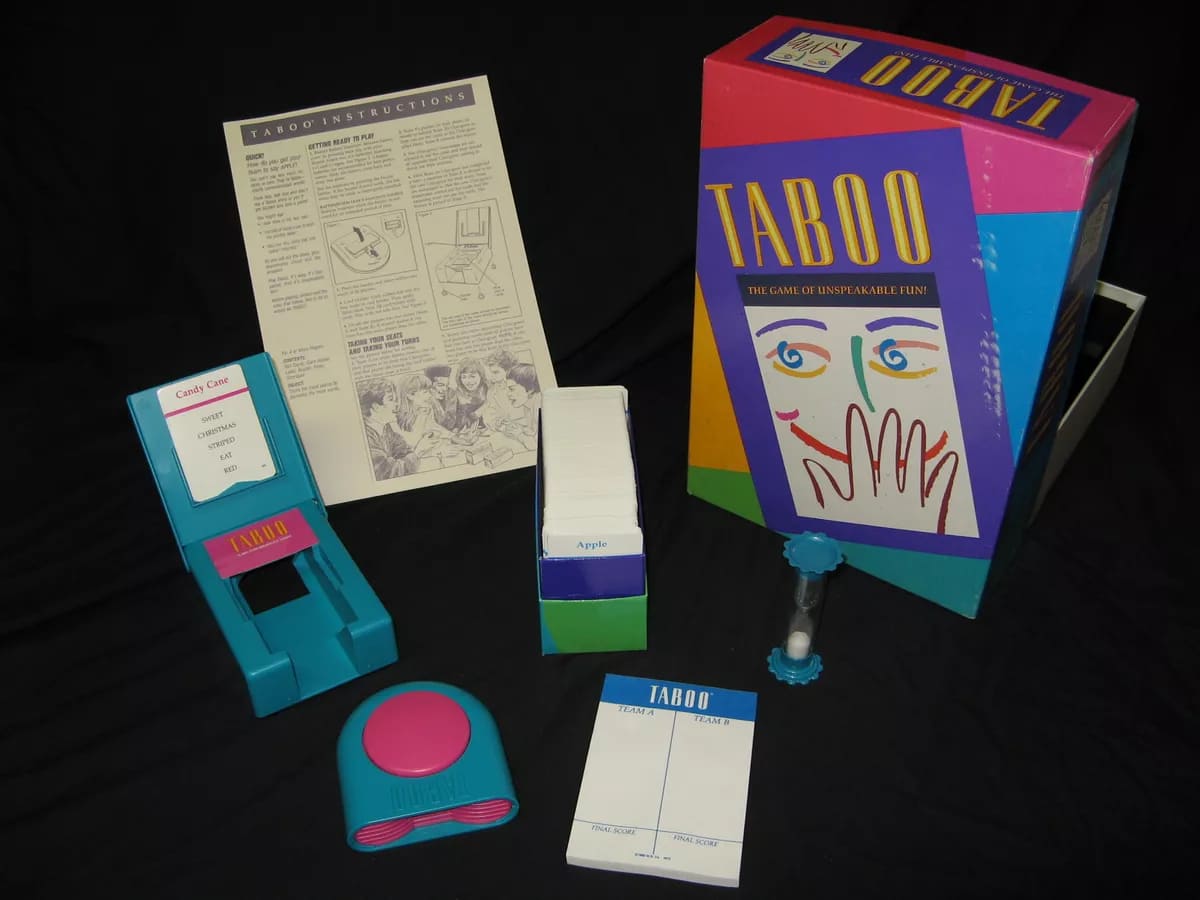
Taboo, created by Brian Hersch, is a party game where players must describe a word to their teammates without using a list of “taboo” words. This fast-paced game promotes creativity and quick thinking, and has remained a popular choice for social gatherings due to its engaging and often humorous gameplay.
Girl Talk Date Line (1989)
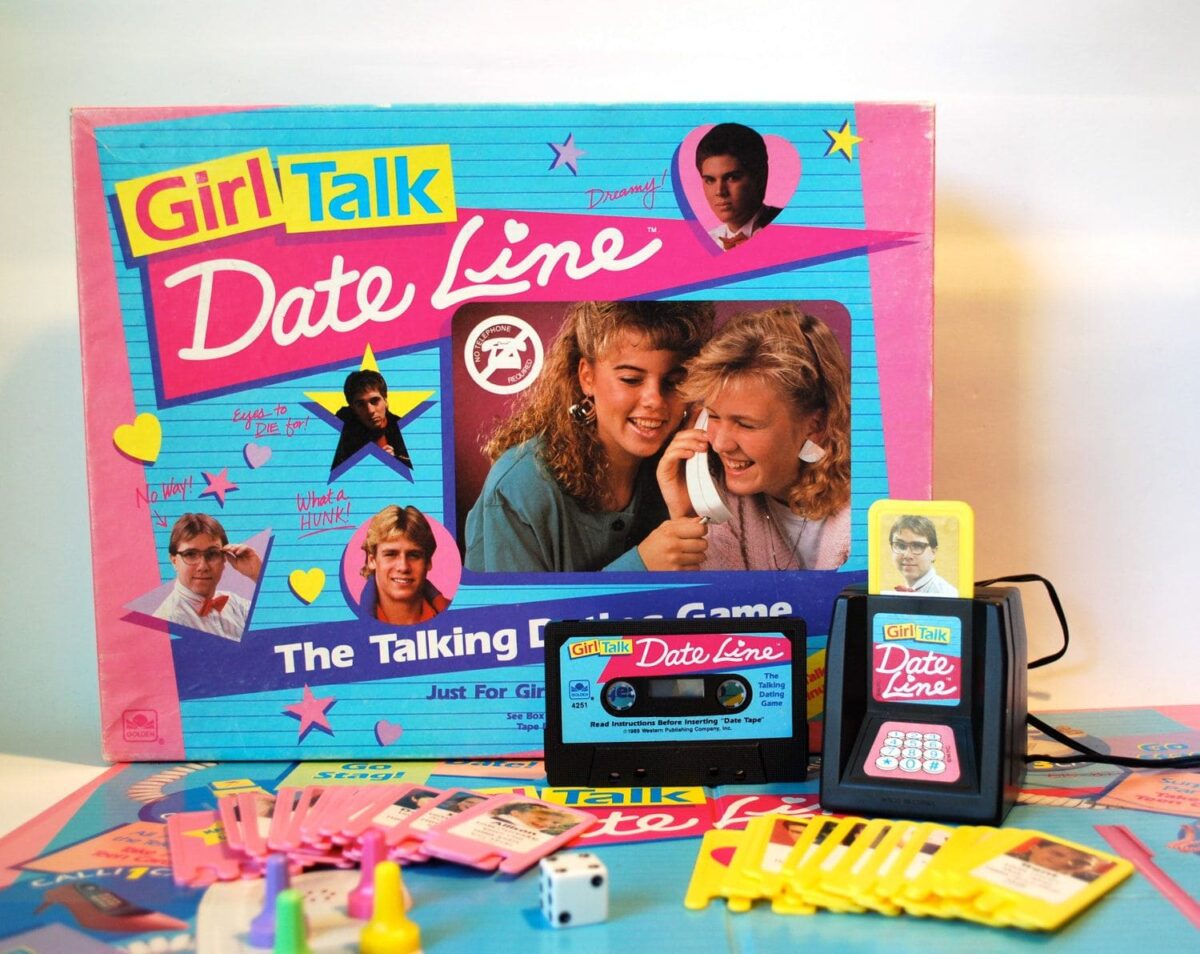
Girl Talk Date Line, targeted at teenage girls, features an electronic phone that provides messages and activities like truth-or-dare and fortune-telling. The game reflected the social trends and interests of the era’s youth, offering a fun and interactive way for friends to bond over typical teenage scenarios.
Strategy and War Games
The 1980s saw a surge in the popularity of strategy and war games, offering players the chance to test their tactical prowess and engage in epic battles on the tabletop. These games combined strategic thinking, negotiation, and elements of chance, creating immersive experiences that often spanned hours. Many titles from this era continue to influence game design today, with some becoming beloved classics in the genre. Below are some of the most iconic strategy and war games from the 1980s:
Risk (1980s Edition)
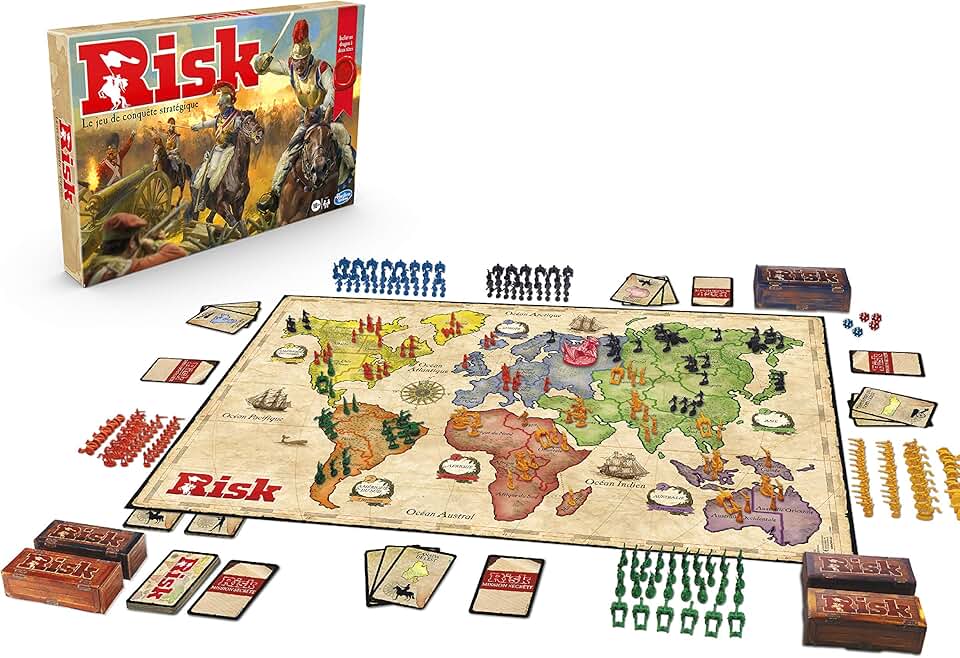
Risk, a classic game of strategic conquest, challenges players to expand their territories and eliminate their opponents. The 1980s version maintained the core mechanics of the original game, where players strategically deploy armies, engage in battles with neighboring territories, and rely on dice rolls to determine the outcome of each conflict.
Known for its depth and length of play, Risk has sold millions of copies worldwide and established itself as a staple in the strategy gaming genre. The appeal of the game lies in its combination of elements of luck and strategic thinking, making each game unpredictable and engaging for players.
Conquest of the Empire (1984)
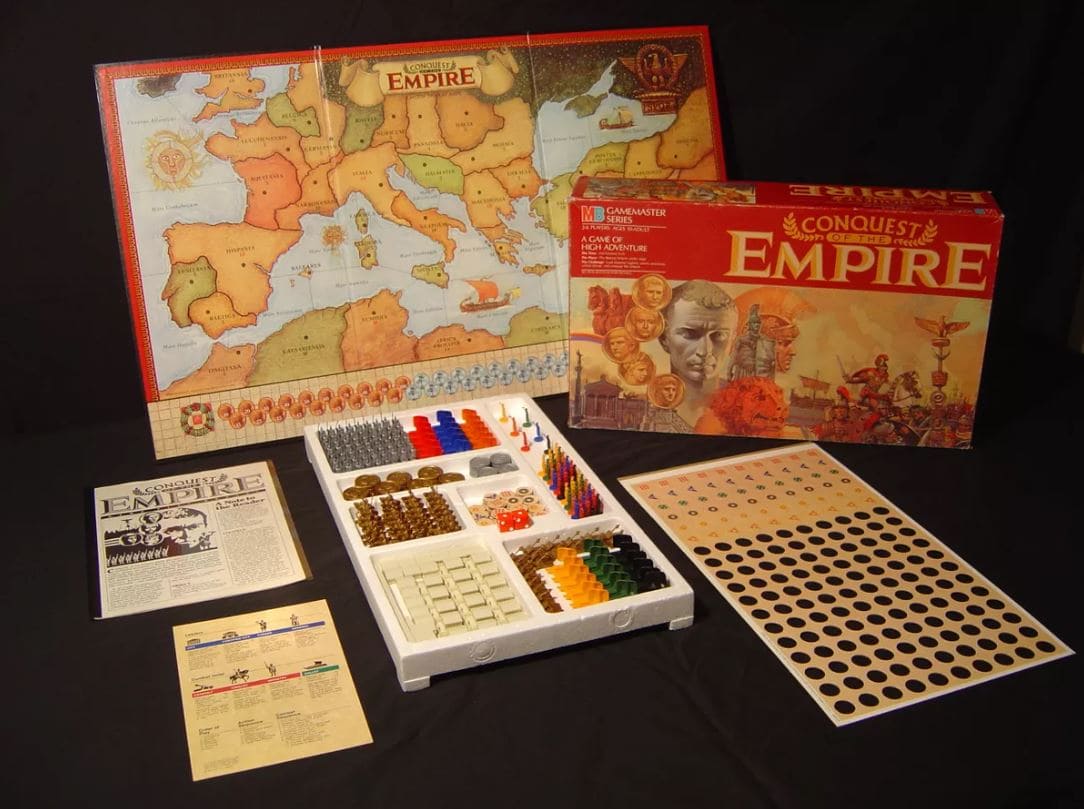
Conquest of the Empire is an ancient warfare and empire-building game set in the Roman Empire. Players command legions, fleets, and leaders in order to expand their territories, establish cities, and amass wealth. The gameplay involves strategically moving troops, forming alliances, and engaging in battles using a combination of dice and cards. This title is part of the Gamemaster series by Milton Bradley and has gained popularity due to its detailed components and historical theme. Its emphasis on strategic thinking and diplomatic negotiations provides players with a rich and immersive gaming experience.
Fortress America (1986)

Fortress America is a futuristic war game set in an alternate reality where the United States has been invaded by three hostile factions. Players assume the role of either invaders or defenders of the United States. The game incorporates a unique approach to defense and strategy, allowing the US player to employ guerrilla tactics, advanced laser defense systems, and strategic reinforcements in order to repel the attackers.
The game has received praise for its asymmetric gameplay, as the strategies employed by the invading forces and the defenders differ significantly, requiring players to be adaptable and think critically in order to succeed.
Interesting Facts and Figures:
- Risk has sold over 100 million copies worldwide since its creation in 1957.
- Conquest of the Empire’s detailed miniatures and components were a major draw, reflecting the trend of high-quality game production in the 1980s.
- Fortress America featured a then-novel concept of asymmetrical warfare, influencing future game designs with its unique approach to strategy and defense.
These strategy and war games not only provided entertainment but also challenged players’ cognitive flexibility, strategic thinking, and decision-making skills, contributing to their lasting appeal and continued popularity.
Fantasy and Adventure Games
The 1980s was a golden era for fantasy and adventure board games, as players sought to explore mystical realms, face powerful enemies, and embark on epic quests without leaving their living rooms. These games combined storytelling, strategic thinking, and luck to create immersive experiences that captured the imaginations of gamers. Many of the titles from this era laid the foundation for modern tabletop RPGs and adventure games, and continue to enjoy enduring popularity today. Here are some of the most iconic fantasy and adventure games from the 1980s:
HeroQuest (1989)
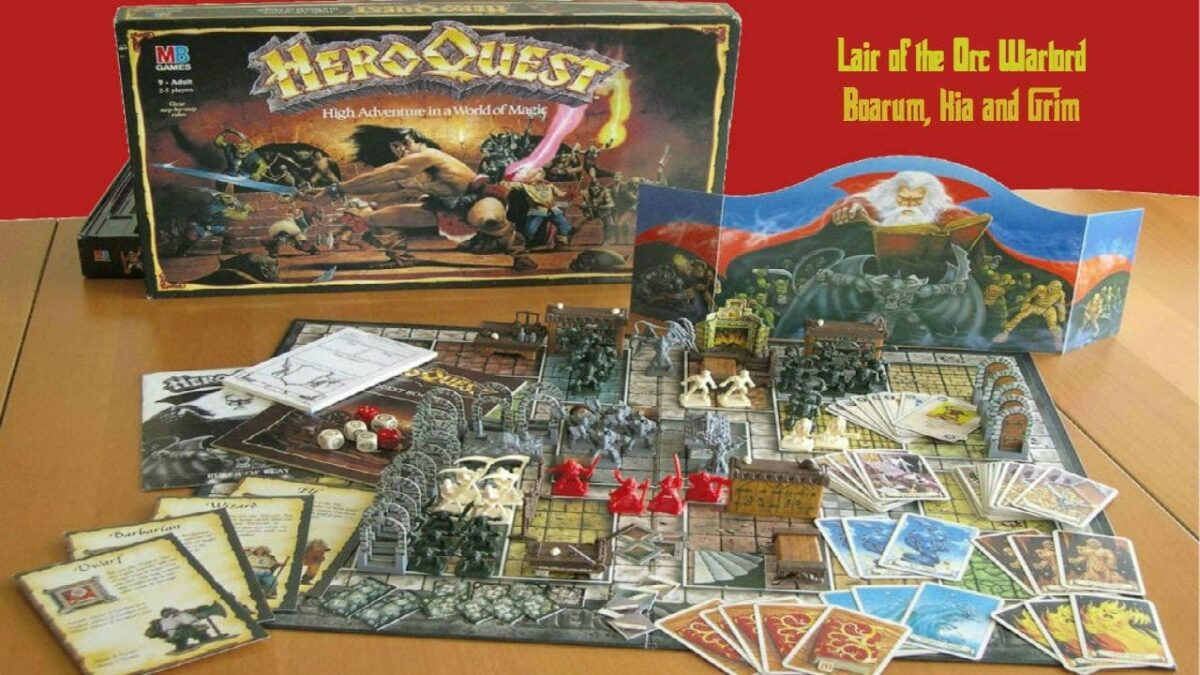
HeroQuest, designed by Stephen Baker, is a dungeon-crawling game that immerses players in a fantasy world filled with monsters, traps, and treasures. Players take on roles such as Barbarian, Dwarf, Elf, and Wizard, each with unique abilities. The game is known for its detailed miniatures and modular board, allowing for endless replayability. It was groundbreaking for incorporating elements of role-playing games into a board game format, fostering cooperative play and strategic thinking.
Dragonlance (1988)
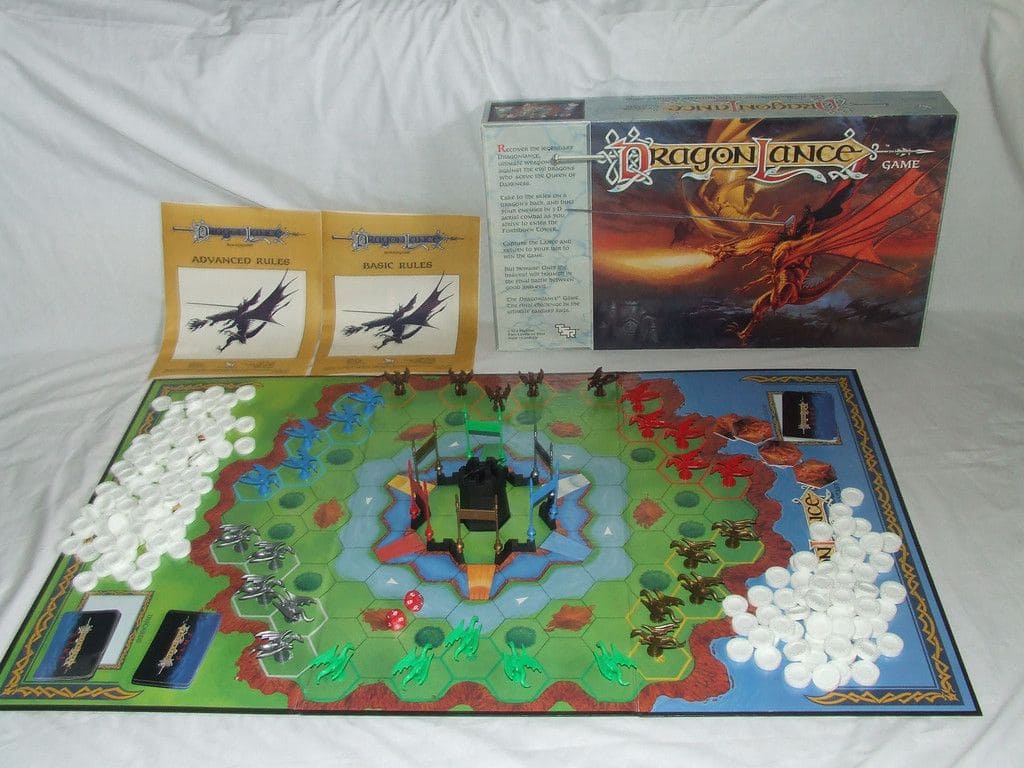
Set in the popular Dungeons & Dragons universe, Dragonlance is based on the novels by Margaret Weis and Tracy Hickman. Players embark on epic quests, facing dragons, wizards, and mythical creatures. The game features a rich narrative, encouraging players to immerse themselves in the story and develop their characters. Dragonlance’s connection to the D&D franchise made it a hit among fantasy enthusiasts, blending intricate storytelling with tactical gameplay.
Talisman (1983)
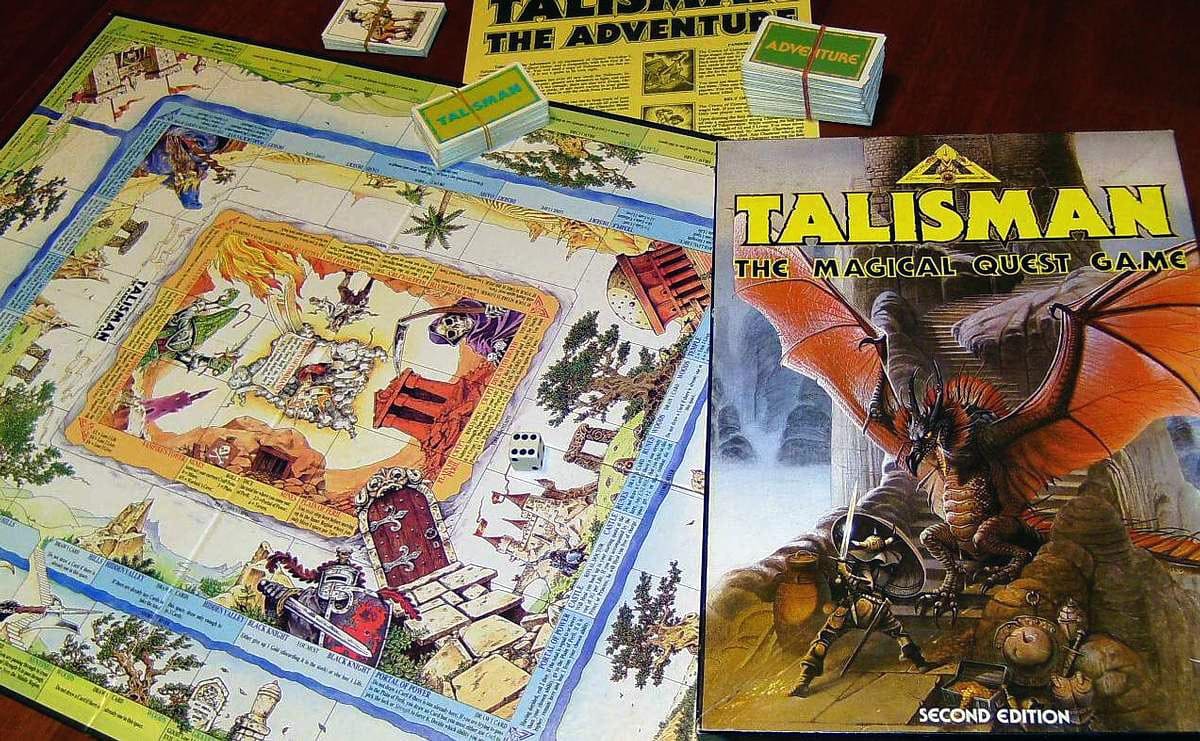
Talisman, developed by Robert Harris, is an adventure game set in a fantasy world where players embark on a journey to obtain the Crown of Command. This game combines elements of luck and strategy as players roll dice to navigate the game board and encounter various creatures and challenges. The appeal of Talisman lies in its simple yet engaging gameplay and the variety of character options and quests, which make each play-through unique.
Interesting Facts and Figures:
- HeroQuest sold over 2 million copies worldwide, becoming one of the best-selling dungeon-crawling games of its time.
- Dragonlance capitalized on the popularity of its novel series, which has sold over 22 million copies, enhancing the game’s appeal to fans of the books.
- Talisman has undergone multiple editions and expansions since its release, with the original game becoming a cult classic in the fantasy board game community.
These fantasy and adventure games not only entertained but also challenged players’ cognitive flexibility by requiring them to adapt to ever-changing scenarios, think strategically, and collaborate effectively. Their innovative designs and immersive narratives continue to captivate new generations of gamers.
Family and Party Games
The 1980s brought a wave of entertaining family and party games that were designed to bring people together for laughter, creativity, and fun. These games offered simple yet engaging mechanics, making them accessible to all ages while fostering social interaction and friendly competition. From drawing and guessing to bluffing and shouting out answers, these games became staples of family gatherings and parties, with some achieving iconic status that continues to this day. Here are a few of the most memorable family and party games from the era.
Pictionary (1985)
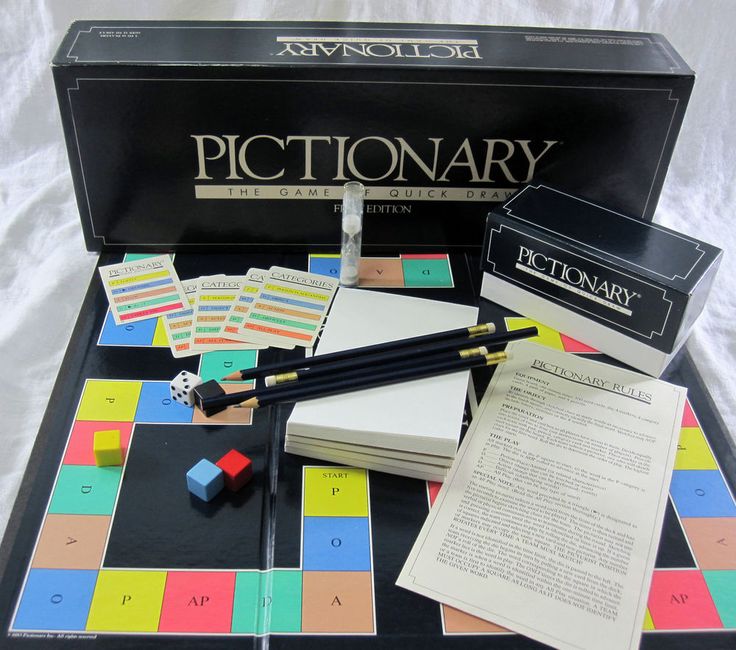
Pictionary, developed by Robert Angel, is a popular drawing and guessing game that has become a favorite among families and partygoers. Players take turns drawing words and phrases from a card deck, while others attempt to guess the correct response within a set time limit. The simplicity of the gameplay, coupled with the creativity and often humorous interpretations of the drawings, has contributed to Pictionary’s success. With over 11 million units sold worldwide, the game has been adapted in various forms, including digital editions.
Balderdash (1984)

Balderdash, a word game developed by Laura Robinson and Paul Toyne, involves bluffing and creative thinking. Players are presented with obscure words and are tasked with creating plausible-sounding definitions in order to deceive their opponents. The game’s real definition is intermingled with fake ones, and players earn points for correctly guessing the meaning and convincing others to select their fake definition. Balderdash promotes imaginative thinking and has received several awards, including “Games 100” from the Games Magazine.
Outburst (1986)
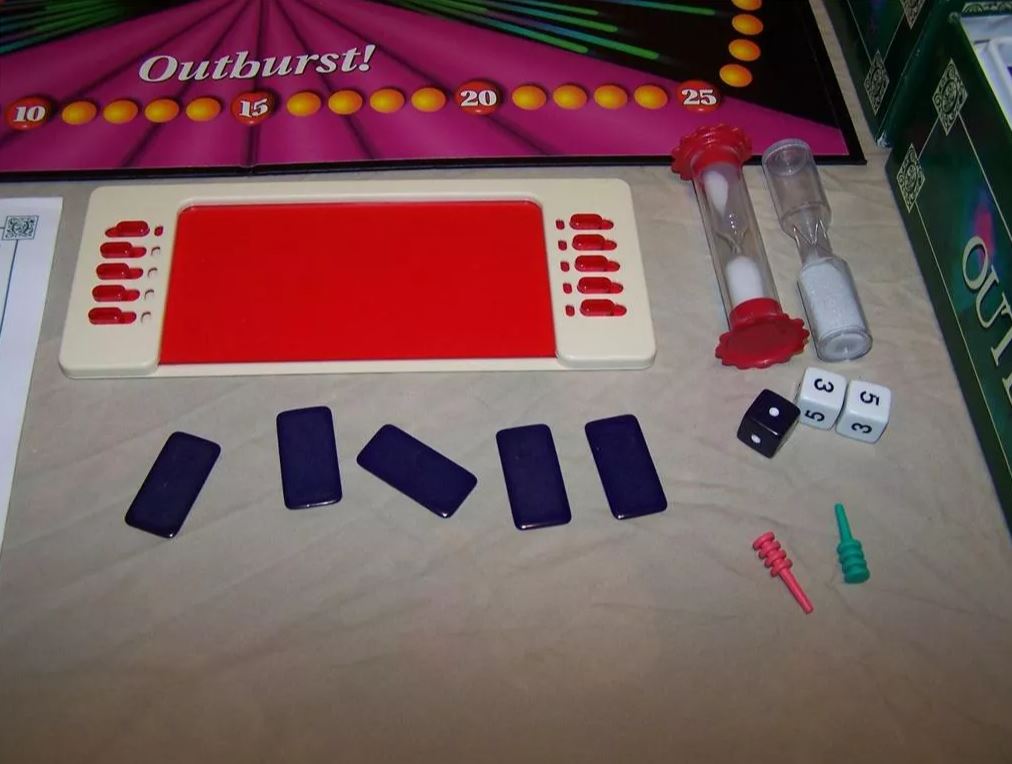
Outburst, by Brian Hersch, is a game where players shout out answers to specific categories within a time limit. Each card has a category and a list of ten related words or phrases that players must guess. The game is fast-paced and energetic, making it ideal for parties and large groups. Outburst’s appeal lies in its ability to generate excitement and foster a lively atmosphere, with over 4 million copies sold since its release.
Interesting Facts and Figures:
- Pictionary: Sold over 11 million copies worldwide, highlighting its popularity across different cultures and age groups.
- Balderdash: Won the “Games 100” award from Games Magazine, recognizing its innovative and engaging gameplay.
- Outburst: Over 4 million copies sold, demonstrating its enduring appeal as a party game favorite.
These family and party games have not only provided numerous hours of entertainment, but have also encouraged social interaction, creative thinking, and quick decision-making. Their continued popularity highlights their success in uniting people and creating memorable experiences.
Educational and Children’s Games
The 1980s brought a variety of board games that were not only fun but also served as valuable educational tools for children. These games helped young players develop essential skills such as counting, color recognition, and strategic thinking, all while enjoying interactive play. From the imaginative world of Candy Land to the decision-making challenges in The Game of Life, these titles left a lasting impact on childhood learning and development. Below are some of the most iconic educational and children’s games from the era.
The Game of Life (1980s Edition)
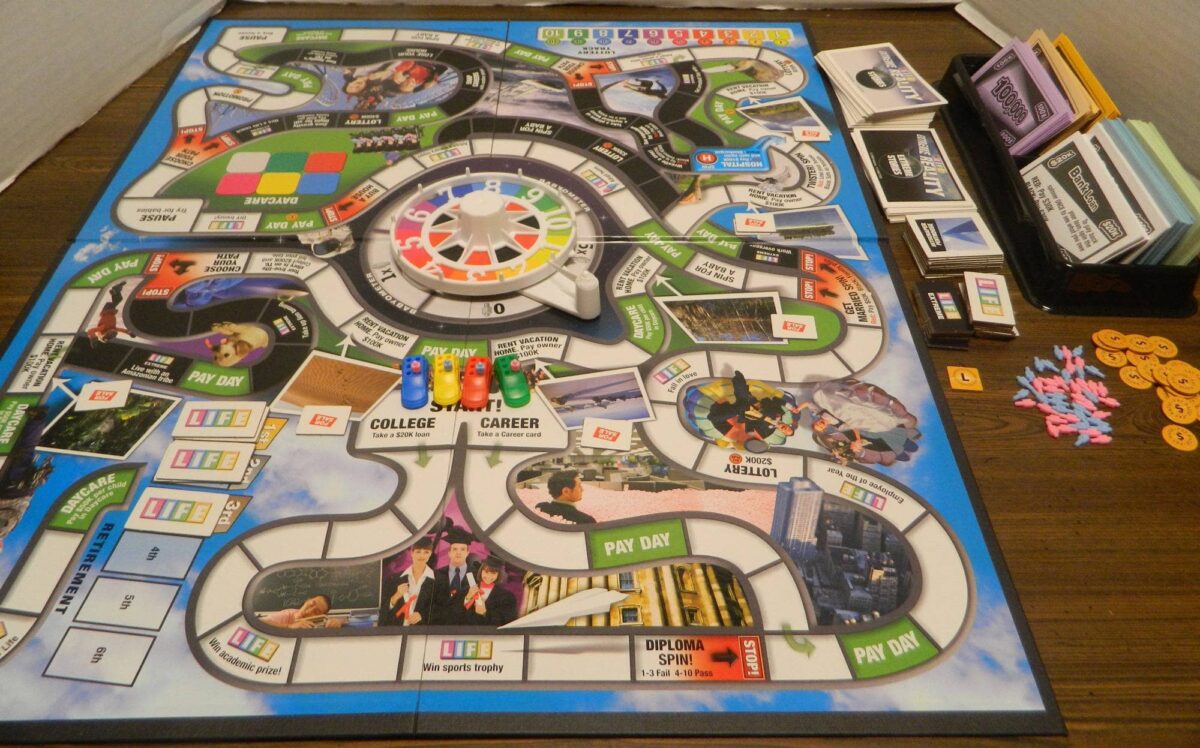
The Game of Life is a life simulation video game developed by Milton Bradley that educates players about career paths, financial planning, and life decisions. Players progress through various stages of life, from college graduation to retirement, while making choices that influence their financial success and overall well-being. The 1980s version of the game introduced several modern elements, including updated career options and salaries adjusted for inflation, reflecting changes in society at the time. This edition of the game has received praise for its educational benefits, helping players understand the implications of their choices in a fun and interactive manner.
Candy Land (1980s Edition)
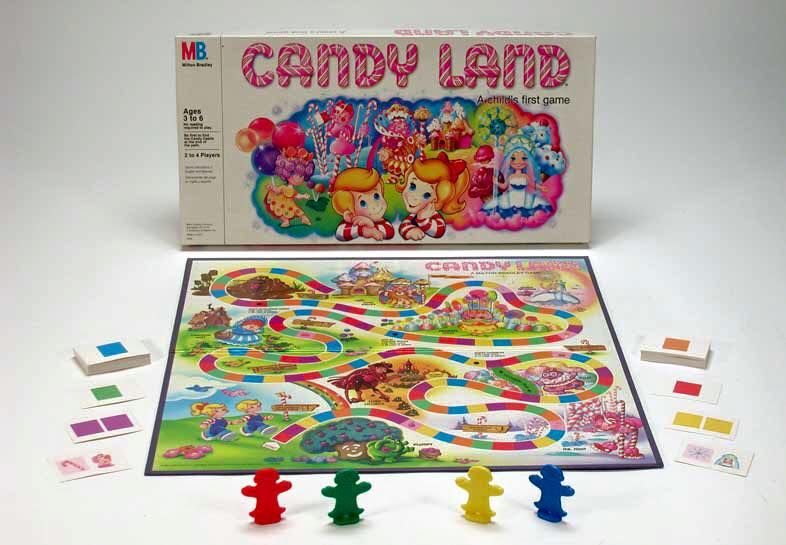
Candy Land, created by Eleanor Abbott, is a straightforward racing game designed for young players that does not require reading or complicated rules. Players guide their pieces along a colorful track by drawing cards in order to reach the Candy Castle. This game is praised for its ability to assist in the development of basic counting skills, color recognition, and taking turns. The 1980s version maintained its timeless charm while updating the graphics to appeal to a newer generation. With millions of sales, Candy Land continues to be a popular introduction to board games for children.
Hi-Ho! Cherry-O (1980s Edition)
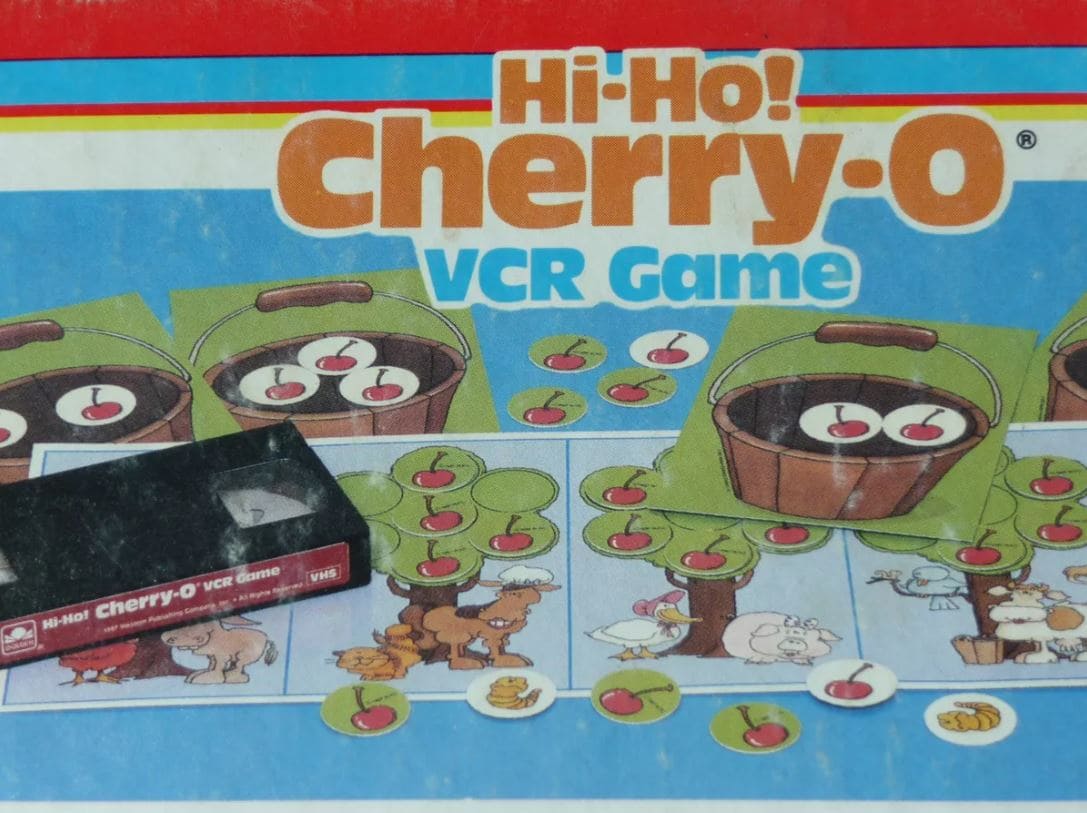
Hi-Ho! Cherry-O is an educational game that focuses on counting and basic math. Players collect cherries and fill their baskets as they progress through the game. The objective of the game is to help young children develop their counting skills, recognize numbers, and perform basic arithmetic operations in a fun and interactive way. The 1980s version of the game featured brightly colored game pieces and a simple spinning mechanism that made it easy for children to understand. Hi-Ho Cherry-O has become a popular choice among parents and educators due to its ability to seamlessly combine learning and play.
Interesting Facts and Figures:
- The Game of Life: Introduced in 1960, it has sold over 50 million copies worldwide, highlighting its enduring popularity and educational impact.
- Candy Land: Since its creation in 1949, over 40 million copies have been sold, making it one of the best-selling children’s games of all time.
- Hi-Ho! Cherry-O: Known for its simple yet effective educational approach, it has remained a staple in early childhood game collections for decades.
These educational and children’s games not only provided entertainment but also played a crucial role in early childhood development, teaching essential skills through interactive play. Their lasting popularity underscores their effectiveness and the joy they bring to young learners.
The 80s were a time of innovative and memorable board games that continue to be enjoyed by new generations. Whether you are a fan of strategy, fantasy, or family games, the 1980s had something for everyone. Dust off these classics and bring a touch of nostalgia to your next game night.
Share Your Favorite 80s Board Game Memories! Leave a comment below with your favorite board game from the 1980s and any memorable moments you had playing them. Let’s relive the magic together!
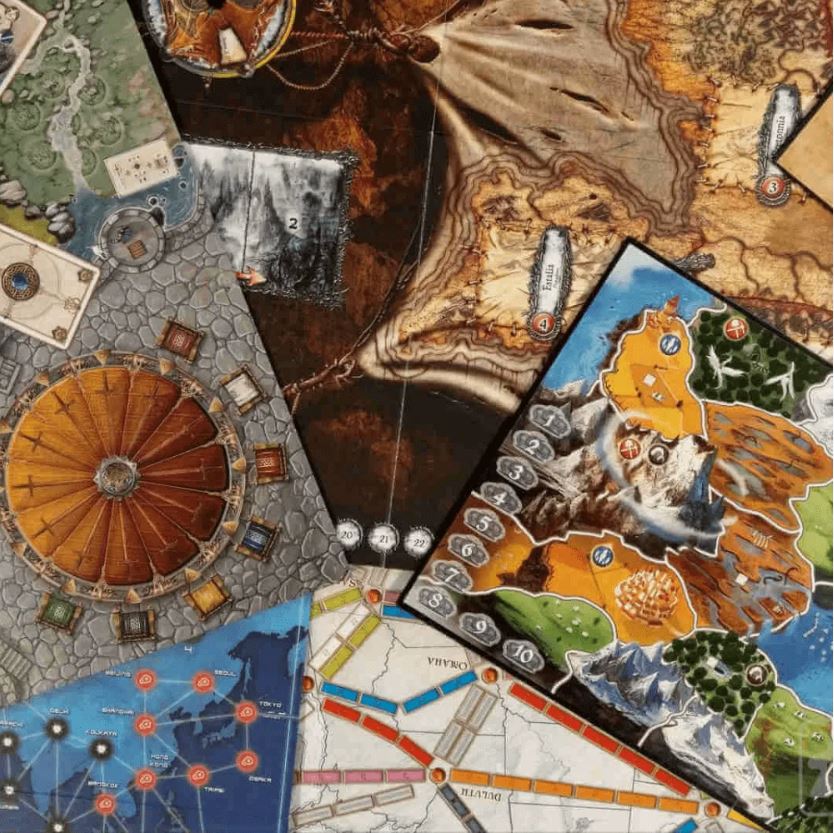




Leave a comment